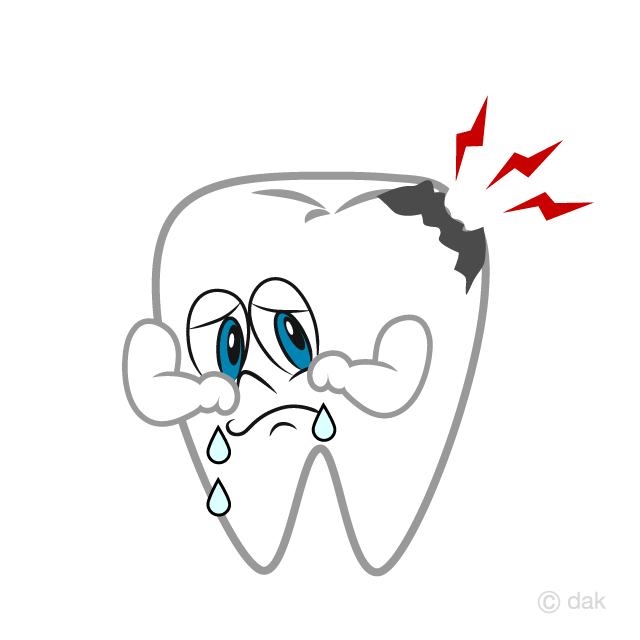

Whenever you have food or drink containing sugar, it reacts with the bacteria in your mouth to produce acid. Dental plaque, a sticky layer which builds up on your teeth, contains bacteria. The acid attack lasts for at least 20 minutes, but often much longer if food becomes stuck on the teeth or snacking is continuous or frequent. In time, the acid will dissolve the outer enamel surface of the tooth.
In the early stages of decay, the enamel can repair itself by taking in minerals from saliva. Fluoride can also help to strengthen tooth enamel. However, if food and drink containing sugar or acid are consumed frequently between meals, more destruction than repair of enamel occurs. A dental cavity is formed when the enamel layer crumbles, bacteria enter and the decay process spreads rapidly. After this point, the cavity will not ‘go away’ without treatment.
If the dental decay is in the enamel or dentine layer only(not affecting the nerve of the tooth) the decay can be removed and a filling placed in the cavity.
The two most commonly used filling materials for children’s teeth are:


Copyright@ 2022 Pedo Pearlz | All Rights Reserved